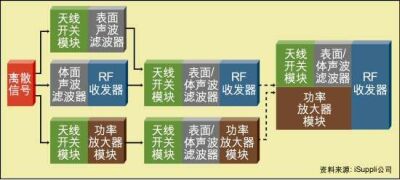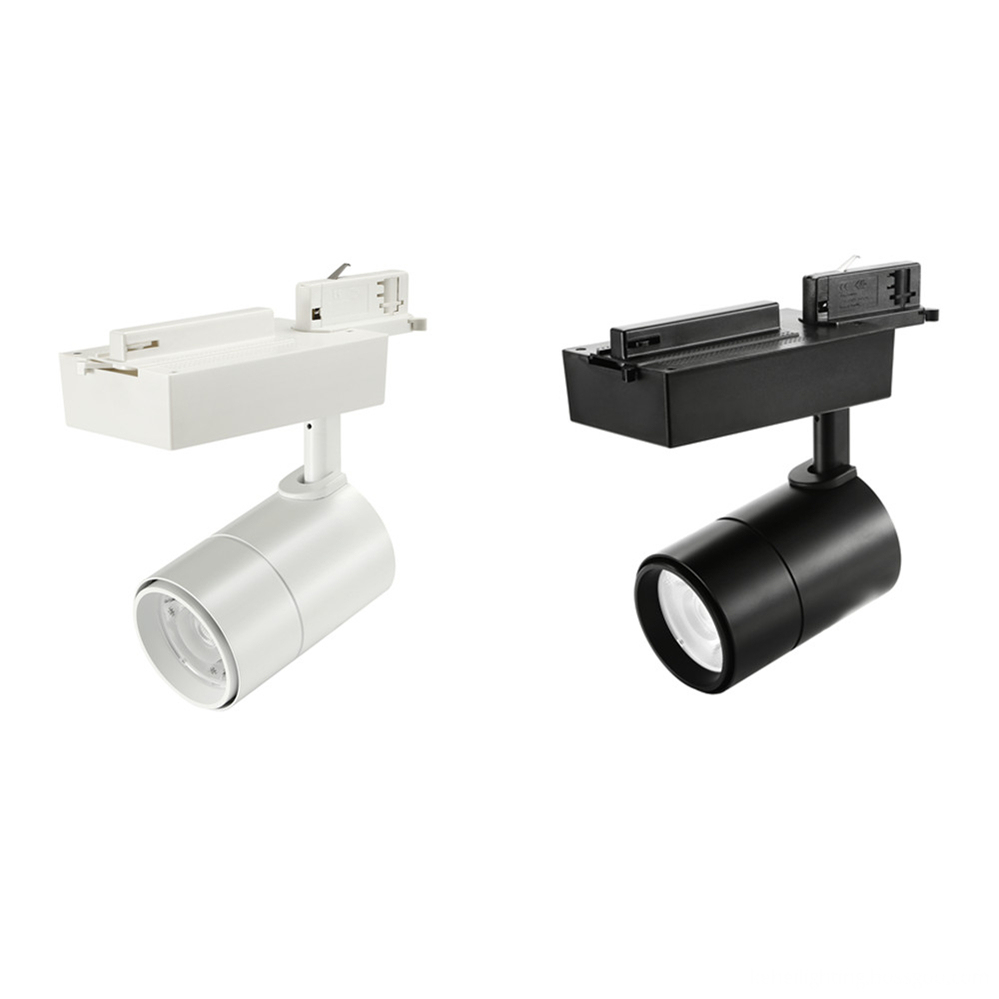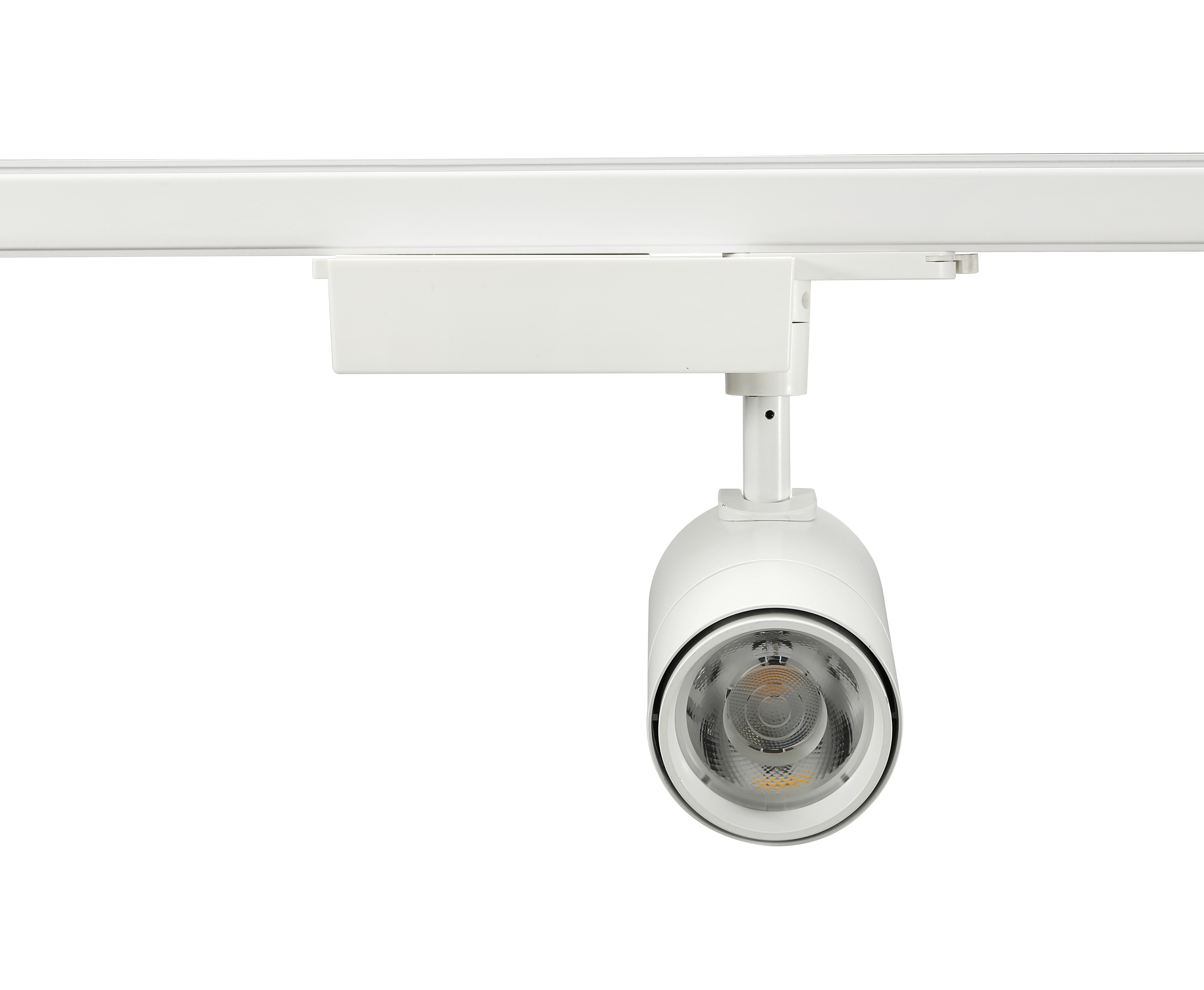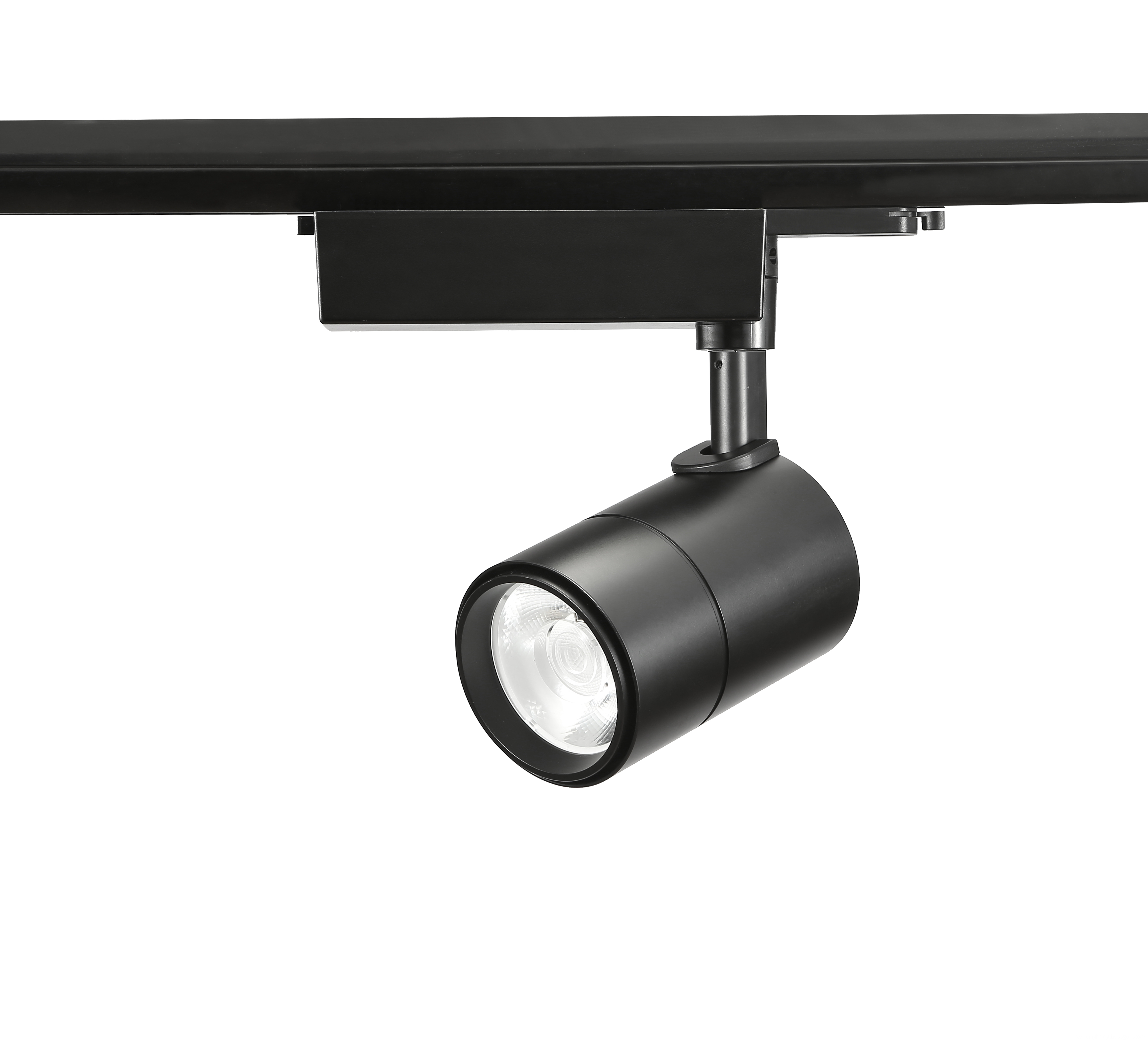As front-end modules (FEMs) to radio frequency (RF) transceiver modules are put into use one after another, the integration of the GSM mobile phone RF front-end has continued to grow. In fact, front-end integration has already begun when RF transceivers use a direct conversion or zero intermediate frequency (ZIF) architecture (first eliminating the mid-band and then eliminating the IF surface acoustic wave filter). As the transceiver architecture evolves, external synthesis components (ie, voltage controlled oscillators and phase-locked loops) have been integrated directly into the transceiver's chip.
This article refers to the address: http://
High integration achieves cost reduction and board size reduction. There is no sign of a stop to the trend towards high integration. However, due to the many ways to integrate, it must be carefully considered during design.
Advancing FEM
The FEM integrates an antenna switch module (ASM) and an RF SAW filter at the receiver. Passive components are integrated by low temperature co-fired ceramic (LTCC) technology, while ASM typically uses PIN diodes.
ASM and SAW filter suppliers are the main drivers of FEM products. FEM can be used as a simple alternative to discrete design. In a dual-band GSM handset design, a dual-band FEM replaces a dual-band ASM and two discrete RF SAW filters. FEM not only saves design time but also reduces component count.
FEM also has an advantage in platform solutions. Quad-band FEM can be used in all designs when handset manufacturers design three handsets (such as quad-band, tri-band, and dual-band) on a single platform. Obviously, quad-band FEM supports quad-band mobile phones, while dual-band mobile phones are somewhat overkill. However, the use of one component allows the platform's design process to be streamlined with respect to a single handset using multiple discrete components.
While the cost of using quad-band FEMs in dual-band handset designs may be higher than using dual-band FEMs or discrete components, using a quad-band FEM reduces supply chain costs. If each handset manufacturer uses a different FEM, it will add additional product types on the production line and address the corresponding management, supply and inventory issues. If the handset manufacturer decides to use a discrete solution in the handset, this extra work will increase.
Currently, FEM may cost a premium compared to a discrete solution, but it depends on the customer. For example, top handset manufacturers don't pay extra for FEM, while small companies need it.

Figure 1: GSM mobile phone RF front-end will continue to develop in a variety of ways toward high integration
FEM is quickly becoming the preferred choice for mobile phone design. As manufacturers become more aware of the design and cost advantages that FEM brings, the FEM boom will continue.
Other integration solutions
Another integrated approach integrates an ASM with a Power Amplifier Module (PAM), which is highly regarded by PAM vendors. These modules implement ASM using gallium arsenide (GaAs) pseudo-homogeneous high electron mobility transistor (pHEMT) technology, PAM using GaAs heterostructure bipolar transistor (HBT) technology, and passive component integration directly on GaAs wafers. .
Recently, STMicroelectronics NV released a three-band RF module that integrates an RF transceiver, BAW filter and ASM.
ST uses its technology called IPAD (Integrated Passive/Active Components) to integrate passive components. In addition, the company uses a laminate technology that integrates RF transceivers, antenna switches, and BAW filters on a single substrate.
The ST module enables a critical level of integration. Unlike placing discrete components on a PC board and calling it a module (as some semiconductor vendors do), ST's products start with a highly integrated RF transceiver that incorporates integrated passive and active Components, and finally a miniature flip-chip BAW filter.
In ST's RF module solution, the megahertz crystal is the only major external discrete component required. However, companies such as Discera are currently promoting microelectromechanical systems (MEMS) resonators with the potential to replace or integrate large reference crystals.
The future of front-end integration
How to further improve the integration of the front end? Clearly, one approach is to integrate ASM with SAW/BAW filters and RF transceivers; another approach is to integrate ASM with SAW/BAW filters and PAMs. Either way, the end result of the integration produces a complete module that integrates all components.
Designers must carefully consider the various ways to achieve final integration, and some technical issues must be carefully considered. For example, ASM technology is nothing more than a PIN diode or GaAs pHEMT, but neither of these is easy to integrate ASM with filters and RF transceivers. In addition, in the ASM-PAM-filter module, there is also a problem of power dissipation heat dissipation that affects the thermal characteristics of the SAW/BAW filter.
There are a number of different ways to integrate the RF front end of the mobile phone. Obviously, the integration trend will continue. Since the requirements of the RF subsystem have not changed, the front end of the handset must be simplified to make room for additional components while reducing baseband costs.
In the process of implementing front-end integration, it is also very important to consider the interests of end users at all times. Mobile phone manufacturers prefer streamlined designs without increasing costs, as evidenced by the widespread use of FEM. Can a more integrated module enable linear design of the flow? With the advancement of technology, it is believed that more integrated modules can enter the field of mobile phone design, providing better process and cost saving solutions.
35W LED Track Lights, adopts COB Bridelux or Luminus as light source.
35W LED Track Lights with international 2 Phase, 3 Phase, 4 Phase track connector, matching well with most of good quality track rail.
CCT: 2700K, 3000K, 4000K, 6000K are available.
Beam Angle: High reflectance diffuser (Lens+Reflector) with 12° / 24°/ 36° for choice.
Dimension of 35W Led Track Lights: Φ90mm, 231*210mm
Finished Color: Matt White / Black / Silver etc.
High luminance flux: 2700lm
High CRI: >90



35W LED Track Lights
35W LED Track Lights, 35W Mini LED Track Lighting, 35W Commercial LED Track Light, 35W Color Changing LED Track Light
SHENZHEN KEHEI LIGHTING TECHNOLOGY CO.LTD , https://www.keheiled.com